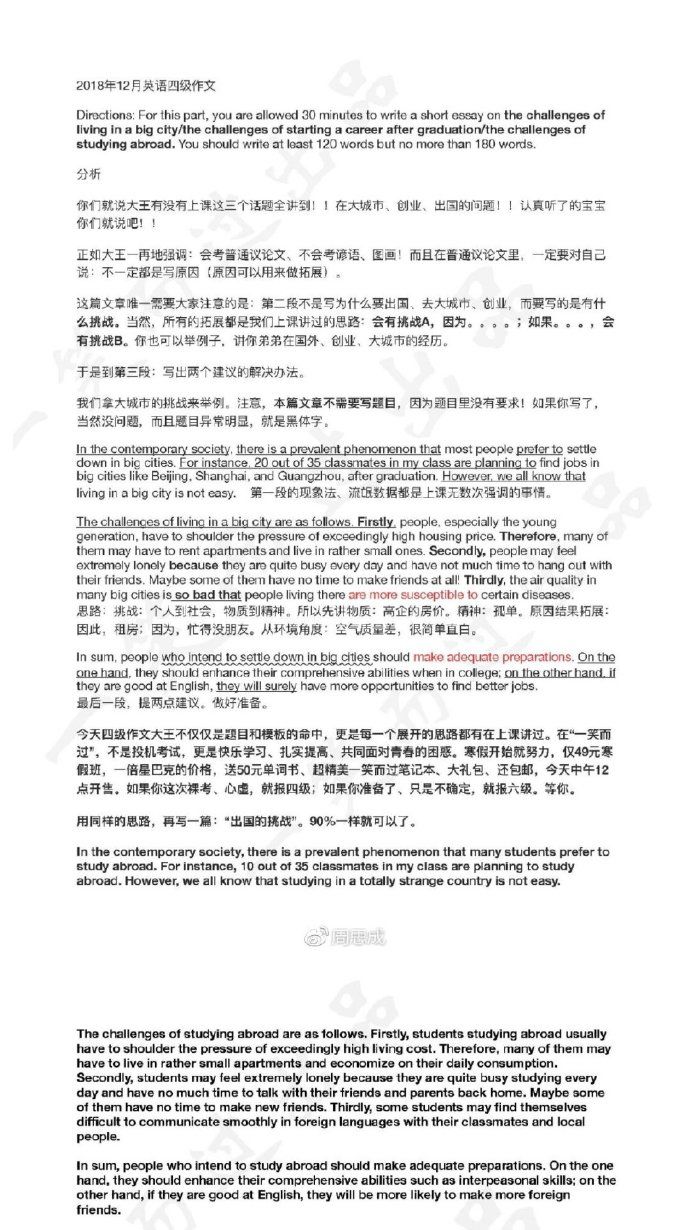阅读理解模拟题(十)
|
Passage 10 In Switzerland, six miles west of Geneva, lies a collection of laboratories and buildings, and most curious of all, a circular mound of earth more than 650 feet in diameter. This cluster has unique importance. It is Europe’s one and only atomic city dedicated to investigating the atom for peaceful purposes. The strange buildings belong to the European Council for Nuclear Research, more popularly known, from its French initials, as CERN. The council was born when a handful of statesman and scientific experts met in Paris in 1950. Their aim was to "establish an organization providing for collaboration among European states in nuclear research of a pure scientific and fundamental character". The CERN agreement was signed in 1953, and work on the atomic city began in 1954. Today CERN’s facilities are among the most modern and the most diversified ones in the world. Impressive as the scientific aspect may be, the real significance of CERN may lie with the thousand people --- the scientists, lab workers, and administrative crew drawn from the fourteen member nations --- who populate it. British engineers work side by side with Swiss electricians, Yugoslav nuclear physicists, and Dutch mathematicians. The official languages are French and English, with German an unofficial third. But CERN is no tower of Babel --- the language of science is universal and all embracing. |








